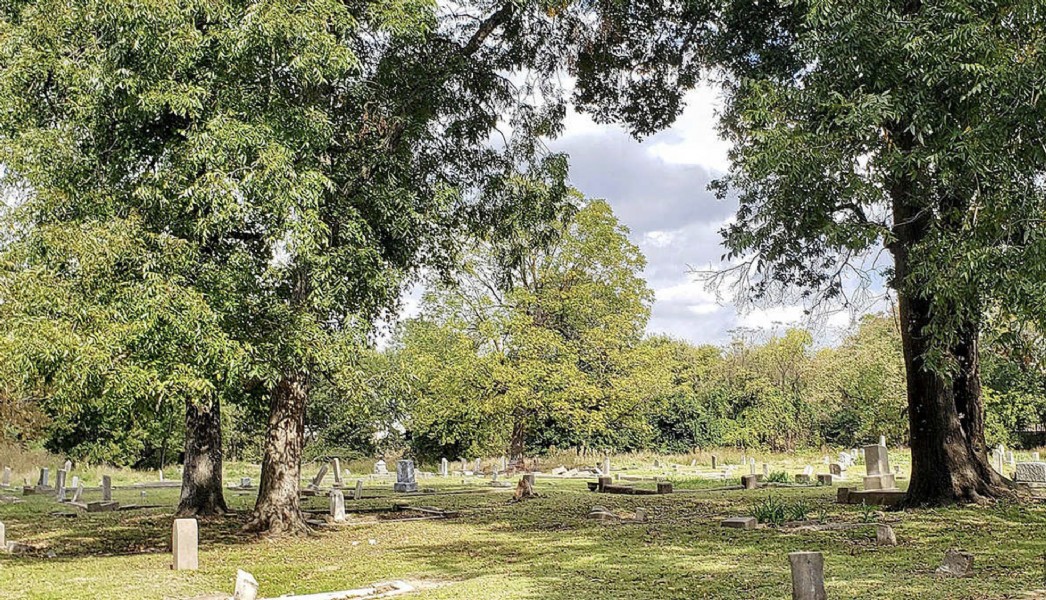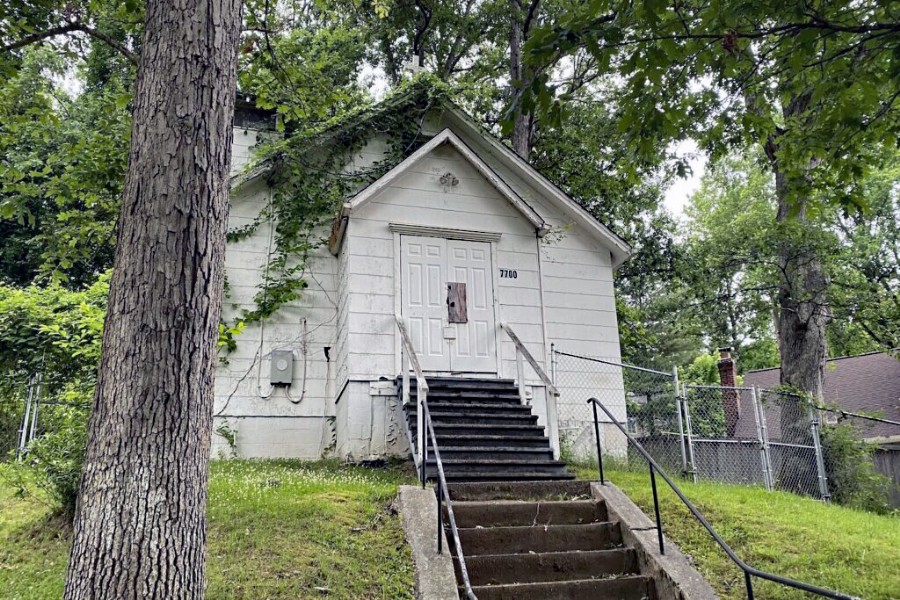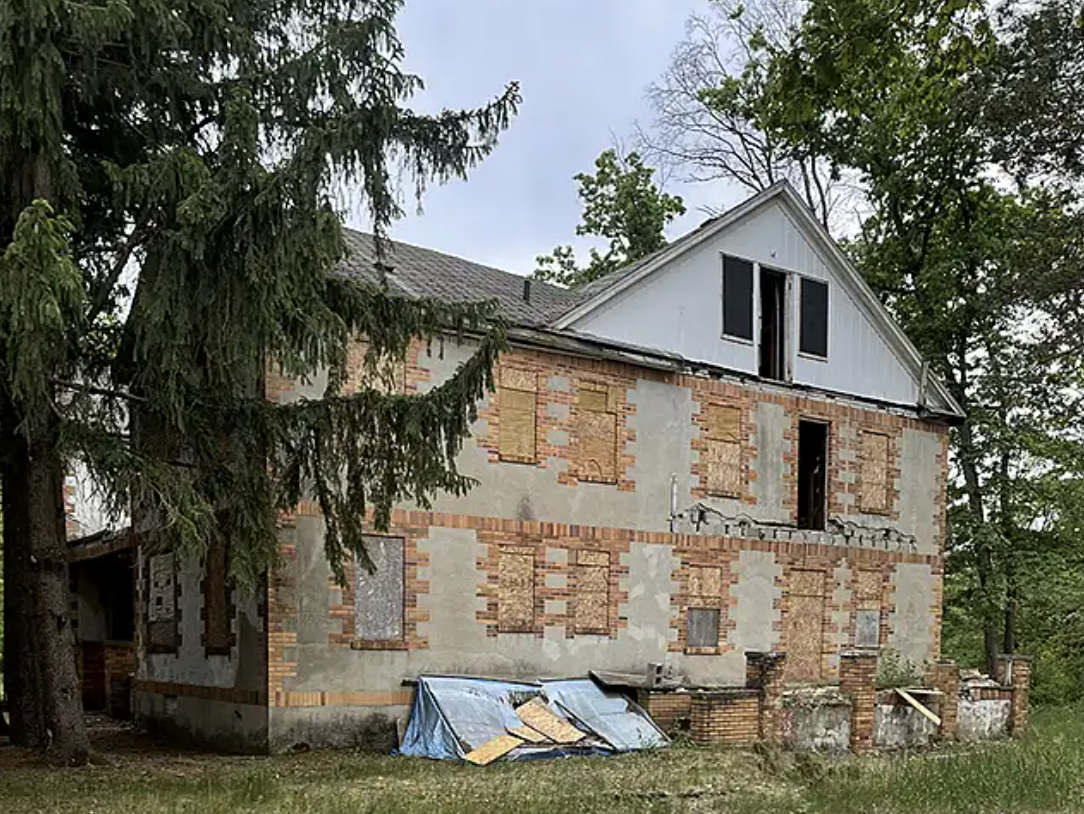
Olivewood Cemetery - Houston, Texas
Incorporated in 1875, Olivewood Cemetery in Houston, Texas, is one of the oldest-known platted African American cemeteries in Houston, with more than 4,000 burials on its 7.5-acre site. The final resting place of many notable figures in Houston's early African American community and of formerly enslaved Africans, this Texas Historic Cemetery and UNESCO Site of Memory for the Slave Route Project also illustrates unique African American burial practices developed in pre-Emancipation Black communities, including upright pipes as grave features, the use of ocean shells as grave ornaments, and upside-down or inverted text.
Over time, changing demographics and increased development led to the cemetery's decline and abandonment. Decades of neglect, vandalism, uncontrolled invasive vegetation, and the occasional use of the cemetery as an illegal dumping ground took their toll. But the most persistent threat is the impact of extreme weather events due to climate change. Historic gravesites are being damaged and even lost entirely due to extreme precipitation events that cause erosion as uncontrolled run-off and greater volumes of water move at higher speeds through the bayou adjacent to the cemetery.
The nonprofit Descendants of Olivewood, Inc. formed in 2003 to restore and maintain the cemetery and now has legal guardianship. With the support of an African American Cultural Heritage Action Fund grant in 2021, the organization has undertaken a comprehensive study to clarify the extent of the threat from flooding and erosion, and identify specific protection and mitigation measures, but advocates will need partnerships and funding in order to implement these plans.

Morningstar Tabernacle No. 88 Order of Moses Cemetery and Hall - John Cabin, Maryland
In 1880, the formerly enslaved couple Robert and Sarah Gibson bought property on what is now Seven Locks Road in Cabin John, Maryland. By 1895 nine other black families had joined them in buying land here. Together these families built a self-reliant settlement, called Gibson Grove, later just No. 10.
In 1882, the community organized the first black school in the district. In 1885, it established Morningstar Tabernacle No. 88 of the Order of Moses. This benevolent society helped members in times of need and in death. Its Moses Hall and Cemetery were adjacent to each other. By the 1880s the community was on the church circuit; in 1898 Sarah Gibson gave land to formally establish the Gibson Grove AME Zion Church. The school for the local black children never had a dedicated building; it was alternatively housed in the church and the Moses Hall lodge.
The Moses Hall foundation in Cabin John is the last known surviving remnant of an Order of Moses hall in Montgomery County.

Hotel Casa Blanca - Idlewild, Michigan
Hotel Casa Blanca played a significant cultural role in the historic Black resort community of Idlewild, Michigan. Designed and built by Black architect Woolsey Coombs in 1949, Hotel Casa Blanca served as a premier lodging site for African American travelers, entertainers, entrepreneurs and thought leaders during segregation, and was included in The Negro Motorist Green Book. Known as “Black Eden,” by the 1950s Idlewild drew thousands of annual visitors, and Hotel Casa Blanca hosted performances by legendary African American artists like Louis Armstrong, Count Basie, and Aretha Franklin.
After integration, like many formerly segregated Black resorts, Idlewild experienced lower visitation and economic disinvestment. Today, the historic resort community has a population of around 700 residents, and Hotel Casa Blanca has been vacant and deteriorating for over 30 years.
With hopes of saving the building, the previous owner of Hotel Casa Blanca sold it to 1st Neighbor LLC, a Black woman-led nonprofit. 1st Neighbor plans to rehabilitate the hotel into a bed-and-breakfast including overnight suites, meeting spaces, and a heritage and learning center, and has taken crucial steps towards restoration, including removal of hazardous material and developing architectural plans for reuse.
The African American Heritage Preservation Foundation has partnered with several public and private sector entities throughout the past twenty-nine years. Our Preservation Partners have not only provided cooperative agreements and preservation grants, but also human capital - architects, educational staff, historians, preservationists, local leaders, college students and volunteers.